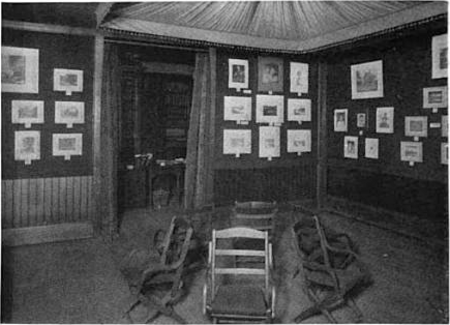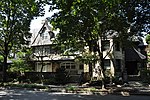Boston Camera Club
1881 establishments in MassachusettsAmerican photography organizationsArts organizations based in MassachusettsArts organizations established in 1881Brookline, Massachusetts ... and 4 more
Clubs and societies in BostonCultural history of BostonCulture of BostonPhotography organizations established in the 19th century

The Boston Camera Club is the leading amateur photographic organization in Boston, Massachusetts and vicinity. Founded in 1881, it offers activities of interest to amateur photographers, especially digital photography. It meets weekly from September to June. Membership is by dues. Anyone may join. Meetings are open free to the public.
Excerpt from the Wikipedia article Boston Camera Club (License: CC BY-SA 3.0, Authors, Images).Boston Camera Club
Beacon Street,
Geographical coordinates (GPS) Address Website Nearby Places Show on map
Geographical coordinates (GPS)
| Latitude | Longitude |
|---|---|
| N 42.337386111111 ° | E -71.142227777778 ° |
Address
All Saints Parish / Evergreen Church of Boston
Beacon Street 1773
02447
Massachusetts, United States
Open on Google Maps








